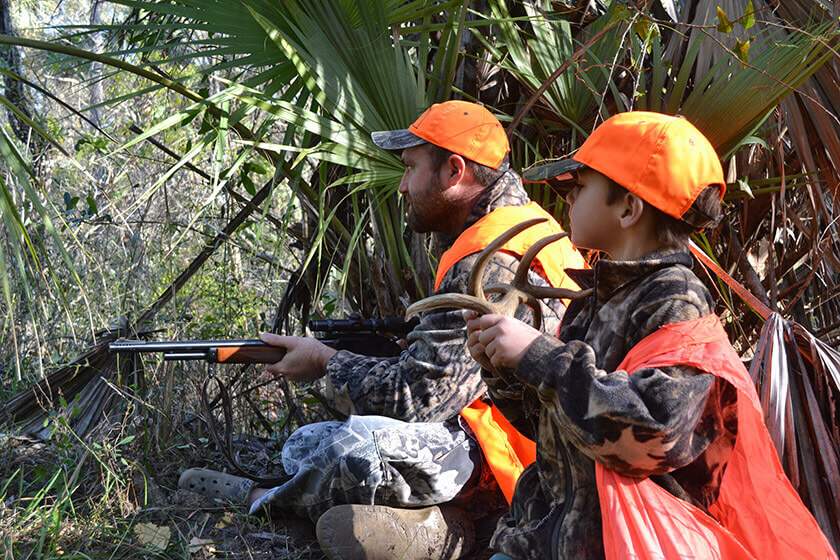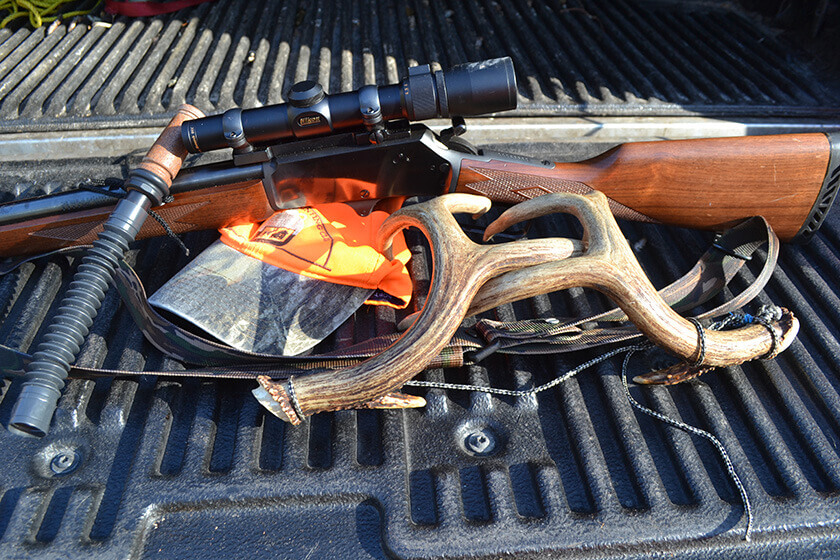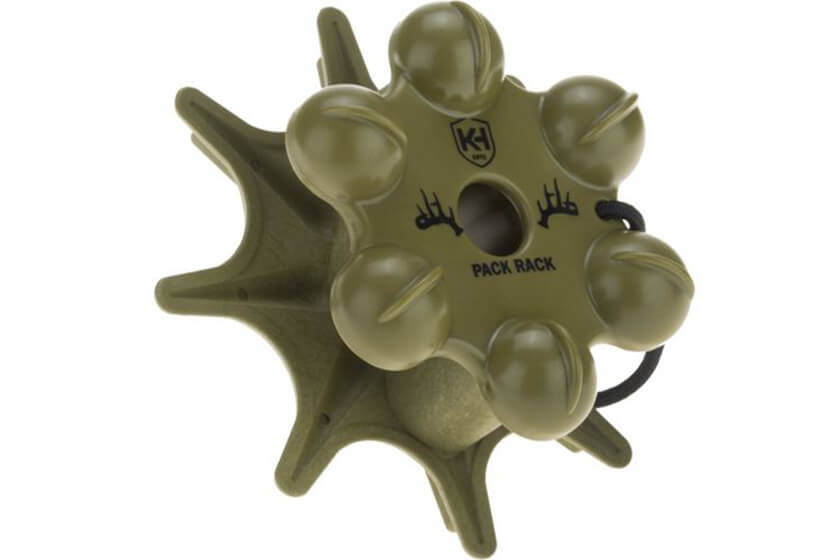
Mimic the sounds of the season to become a deer whisperer.
That whitetails can’t gobble or squeal loudly doesn’t mean they are mutes. Actually, deer possess an extensive vocabulary of grunts, snorts, wheezes and bleats. The difference between deer and turkeys or hogs is in their typically soft-spoken manner of communication.
When they do ramp up the volume, it’s due to alarm or the rut. Nervous deer will audibly stomp their feet and snort when they sense danger. Fighting bucks stir the woods as they compete for affection during the breeding season.
Learning these noises is a task for all novice deer hunters. The timely replication of them is a trick of the pros.
Let’s take a look at three popular deer calls.
GRUNT CALLS

The standard-bearer of grunt calls consists of a reed and flexible tubing. Others are elaborate plastic gizmos that sometimes resemble molds of ancient Greek instruments. Whichever style you choose, grunt calls work well during the pre-rut and rut.
Buck grunts serve various purposes. The basic grunt is a social call, one-second baa’s. A trailing call is more aggressive but with shorter ba-ba noises. This signals a rutting buck is near a doe that isn’t ready to breed yet. Finally, a tending grunt occurs when a buck is with a hot doe and is signaling he’s ready. This is a softer baaa-baaa sound. All tempt curious bucks into checking out the scene during breeding season.
There are wheezes and other pitches of grunts based on the deer’s age; however, these basics should suffice for most hunters. All are effective when a buck passes out of range and needs to be turned. Grunting every 20-30 minutes also uncovers unseen animals. Moderation and volume control are important, though.
RATTLING HORNS

Rattling horns are a divisive topic in hunting camps. In a game of stealth, this is a hunter creating a lot of noise, self-defeating if the conditions don’t warrant the activity.
Rattling works best in places with close buck-to-doe ratios where competition for females is high. Where it works, the pre-rut is the prime time to troll in a dominant buck. Most pros advise to start tickling the antlers slowly, adding grunt calls, and building to a crescendo over the course of a couple minutes before taking a break.

Rattling horns can be fashioned from the real thing or purchased as plastic products that mimic these noises and are convenient to carry in a daypack.
DOE BLEATS

Doe bleats are simple and underrated in the deer-calling game. The estrous bleat is an obviously useful call during the breeding season. This is easily copied on grunt calls or with the flip-over “can” call that has been popular for a while. Does also make quiet grunts to call fawns closer or generally announce her presence.
To learn more about calling deer and how to utilize these calls, YouTube and other internet sites are replete with knowledge on the subject. You’ll learn fast how the quiet ol’ whitetail makes a bunch of noises. FS
Published Florida Sportsman Magazine October 2020











































